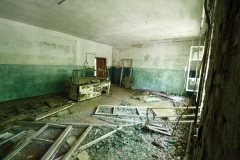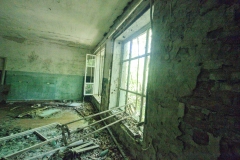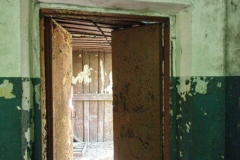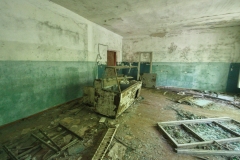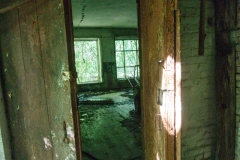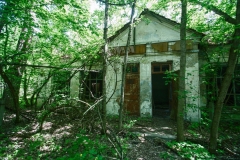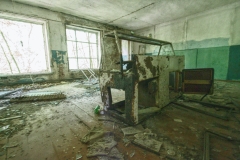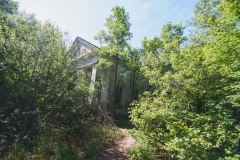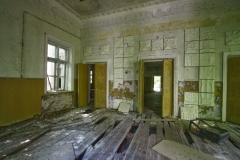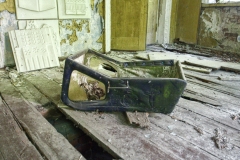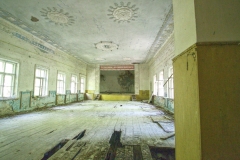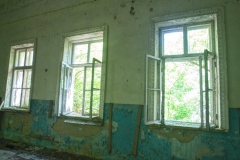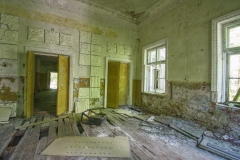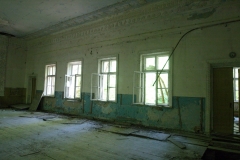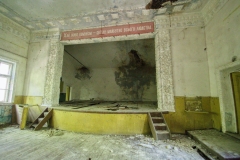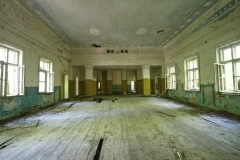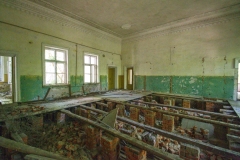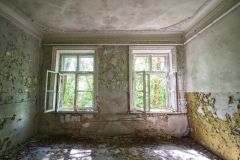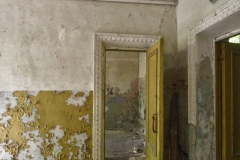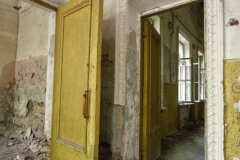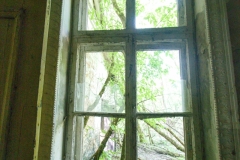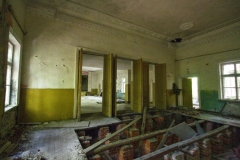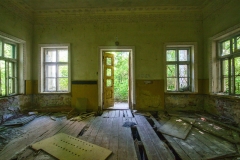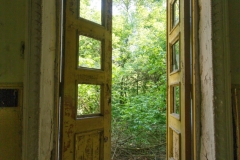I have wanted to visit Chernobyl for many years. On the 23rd May 2019 I finally passed through the checkpoint into the 30 kilometre exclusion zone.
I’ve read many things regarding the incident at V. I. Lenin Nuclear Power Plant (aka Chernobyl) on the 26th April 1986 at 01:23:28 (Moscow Time, UTC+3).
What is the correct spelling?
The Ukrainian for the area is Чорнобиль, Chornóbyl’, where as the Russian is Чернобыль, Chernóbyl’. So depending on your preference each is sort of interchangeable.
This is finally it.
After much reading and investigating the best method to visit to amazing place in history, I decided to pay the extra for a personal guide. The prospect of heading through this nuclear landscape in a bus party of tourists did not appeal to me.
I found a guide by the name of Alex who could provided me with the entry that I required, and a one on one tour of zone. This was the best decision I could have made. Alex was a great guide, friendly, talkative and knowledgable about the events that brought about the disaster. I can not recommend him highly enough.
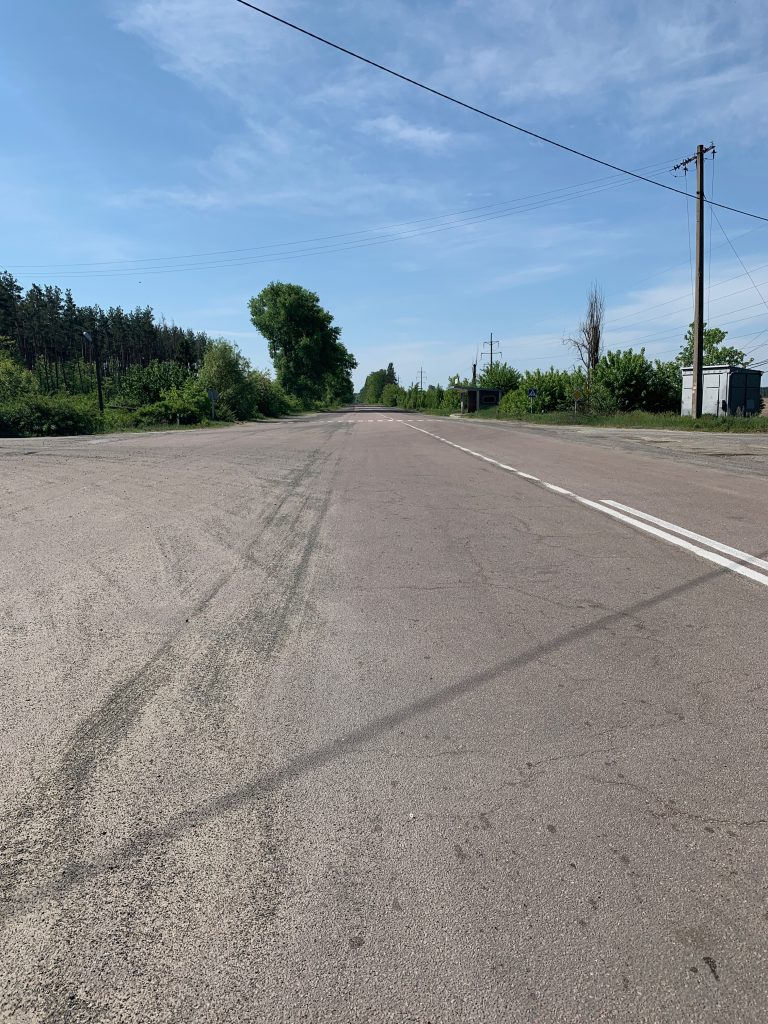
Picked up outside my apartment block at approximately 0800am (EEST) on the 23rd May 2019 we headed out of Kyiv against the morning commuter traffic heading into the city for work. On the journey in from the airport when I arrived, the driving style and manner had already put me of the prospect of ever driving in the Ukraine (or certainly not in Kyiv), watching from the passenger seat as we slowly meander through traffic to the open potholed roads of the Ukraine fully convinced me.
From Kyiv to the exclusion zone is approximately 85 miles, a journey that we broke up with a quick stop from fuel and water at a service station. Money exchanged for the trip and requested Geiger counter sort, we continued our journey on to the initial checkpoint at the 30 kilometre mark.
At the checkpoint your E-Ticket and passport are checked, you are issued with a personal dosimeter and sign that your agree to the conditions of admittance to the exclusion zone.
It is an surreal place to be. The roads are wide, straight and empty with the only the occasional vehicle to be seen. These are either workers and equipment heading to the plant or other ‘dark tourists’ making the pilgrimage to Pripyat.
Out first stop is a small village complete with an old shop, a theatre style building and a kindergarten. It is unbelievable to stand in these buildings, places that where once frequented by the residents of these now deserted villages and towns.
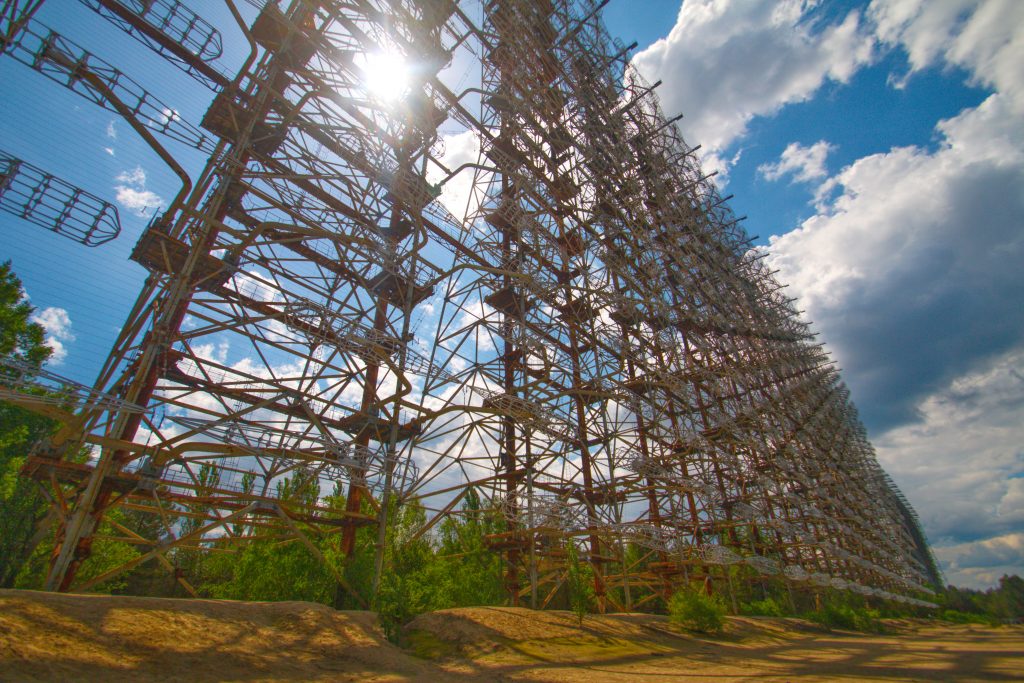
We move on to Duga Radar, a colossal structure also known as the ‘Russian Woodpecker’. Duga was an Over the Horizon radar facility designed to detect American Intercontinental Ballistic Missile (ICBM) launches from the United States. The transit time for an ICBM across the North Pole would have been approximately 30 minutes. Duga could detect them within 3 minutes, leaving 27 minutes for the Soviet Union to launch a counterstrike. Although the radar was commissioned and fully working, it never become operational due to the accident at the plant.
As we make our passage further into the zone we arrive at the 10 kilometre checkpoint, where once again my details are checked before we can proceed. From this point on the area is still known as ‘dirty’.
Finally I get my first in the flesh glimpse of the nuclear power plant and scene of the disaster that I have read and watch some much about. The sun glistening of the safe containment building, hiding the dangerous within behind a surreal gleaming structure.
On the agenda was lunch within Plant Workers Canteen No. 19. In order to enter you have to pass through a radiation detector, and then wash your hands, face and hands again to remove any particulates to avoid ingestion.
The food in the canteen is basic, it’s certainly not my normal holiday food selection, but it fills a small hole before we proceed on into Pripyat.
One more checkpoint to pass through at the boundary to this once home to nearly 50,000 people, and we’re in.
My first impression is astonishment. Even through I’ve read about and seen pictures of Pripyat, it takes your breath away to see how nature has taken the town back. Trees over 30 years old line every road and encroach into every building and area imaginable.
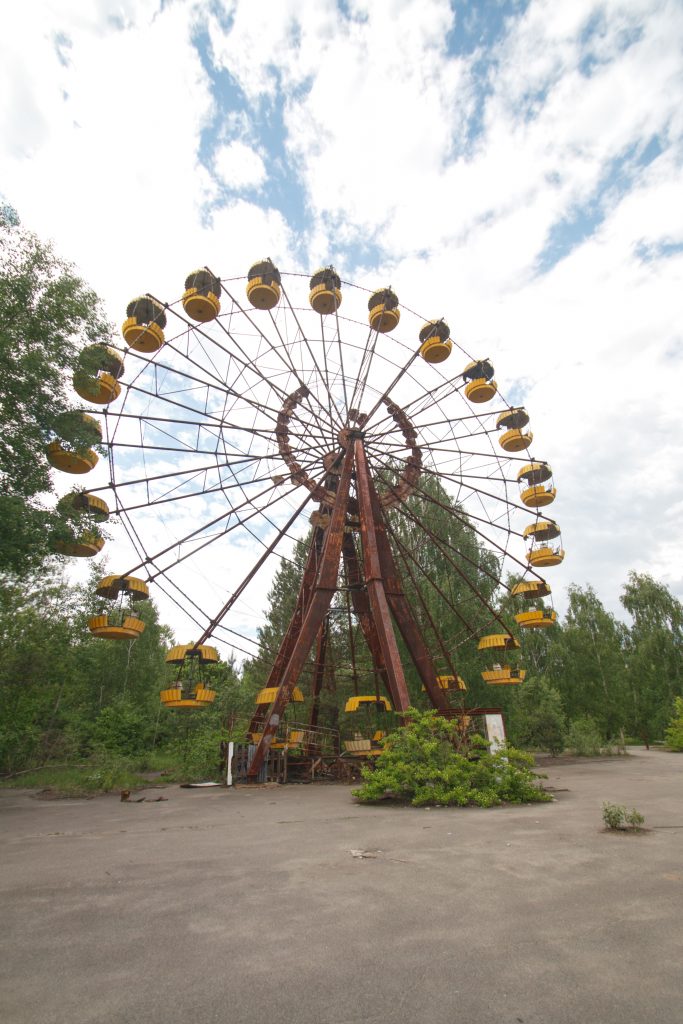
To stand next to the Ferris wheel, one of the iconic images of this desert town is certainly a wondrous feeling. To venture into the swimming pool and see a building that continued to be used as it was intended up until 1993 before it finally closed.
Visiting the stadium, a location where helicopters landed after sorties across the exposed core of reactor number 4, it is impossible to imagine it ever been use to play football on, with the pitch area now a woodland, and the running track barely visible.
There are so many places to visit within this wonderland of desolation, the time we spent there seem so short. My next visit (and there will be one) will involve much more time spent within the wooded streets and abandoned buildings with some very specific places to visit.
I could write so much about this place, but there is already so much out there. A simple search of the internet brings you page after page of information, pictures and videos. There is however no substitute for actually visiting and standing in the streets of Pripyat.
Until next time, goodbye Chernobyl.
До наступного разу, до побачення Чорнобиль.
